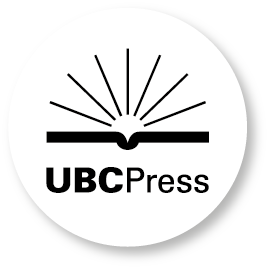
Beneath the Ivory Tower
The Archaeology of Academia
"For the first time we have a volume that shows us the story of archaeology at some of our most significant and cherished institutions, America's colleges and universities."—Richard C. Waldbauer, National Park Service
"The chapters in this volume demonstrate the integration of teaching, learning, research, and service in the efforts to preserve and interpret heritage for the benefit of all those who identify with the academy."—Michael S. Nassaney, Western Michigan University
As a discipline, archaeology often provides amazing insights into the past. But it can also illuminate the present, especially when investigations are undertaken to better examine the history of institutions such as colleges and universities.
In Beneath the Ivory Tower, contributors offer a series of case studies to reveal the ways archaeology can offer a more objective view of changes and transformations that have taken place on America's college campuses. From the tennis courts of William and Mary to the "iconic paths, lawns, and well-ordered brick buildings" of Harvard, this volume will change the ways readers look at their alma maters—and at archaeology. Also included are studies of Michigan State, Notre Dame, South Carolina, Massachusetts, Illinois, North Carolina, Washington & Lee, Santa Clara, California, and Stanford.
Successfully integrat[es] field work at specific college campuses into larger trends within American academia. . . . An inspirational volume.’—Northeast Historical Archaeology
Argues that campus environments are uniquely suited to archaeological study and public engagement.’—Journal of Middle Atlantic Archaeology
Thoughtfully demonstrates how campus-based archaeology projects can improve higher educational institutions’ preservation planning, encourage reflective discussions of institutional heritage, and provide engaging teaching opportunities that produce rigorous scholarship.’—Journal of Higher Education
Describes how archaeologists have used on-campus excavations to gain a better knowledge of academic life in previous centuries, to train students in archaeological techniques, and to foster a sense of a shared past among the numerous stakeholders on college campuses.’—Winterthur Portfolio
Illustrate[s] that many college and university campuses contain significant archaeological deposits relating not only to the institutions’ histories, but to the histories of the broader campus and local communities in the past and to the creation of history, meaning, and identity in the present.’—Southeastern Archaeology
Russell K. Skowronek, professor of anthropology and history at the University of Texas Rio Grande Valley, is coauthor or coeditor of several books including Pieces of Eight: More Archaeology of Piracy. Kenneth E. Lewis, professor of anthropology at Michigan State University, is author of West to Far Michigan: Settling the Lower Peninsula, 1815–1860 and Camden: Historical Archaeology in the South Carolina Backcountry.





